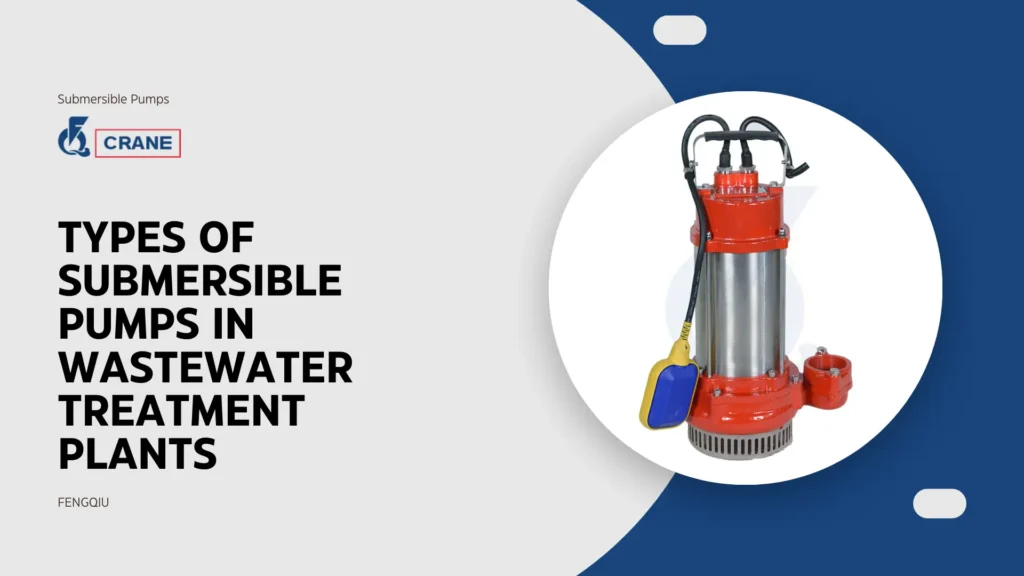A submersible pump is designed to work entirely submerged in the liquid. Such pumps differ from the traditional pumps that are installed above ground.
It has a very important application in waste treatment, where the water level can change levels without warning.
In wastewater treatment plants, it is most critical to optimally move wastewater from point to point in the system to avoid overflow.
The submersible pump will usually be responsible for moving this liquid from the points of collection to the treatment facility.
A specialized treatment process ensures that the treatment process runs smoothly, whether in a residential setting or in an industrial application.
Ultimately, especially in treatment facilities, such pumps would protect the environment from contamination and ensure that treated water complies with regulatory standards.
Types of Submersible Pumps
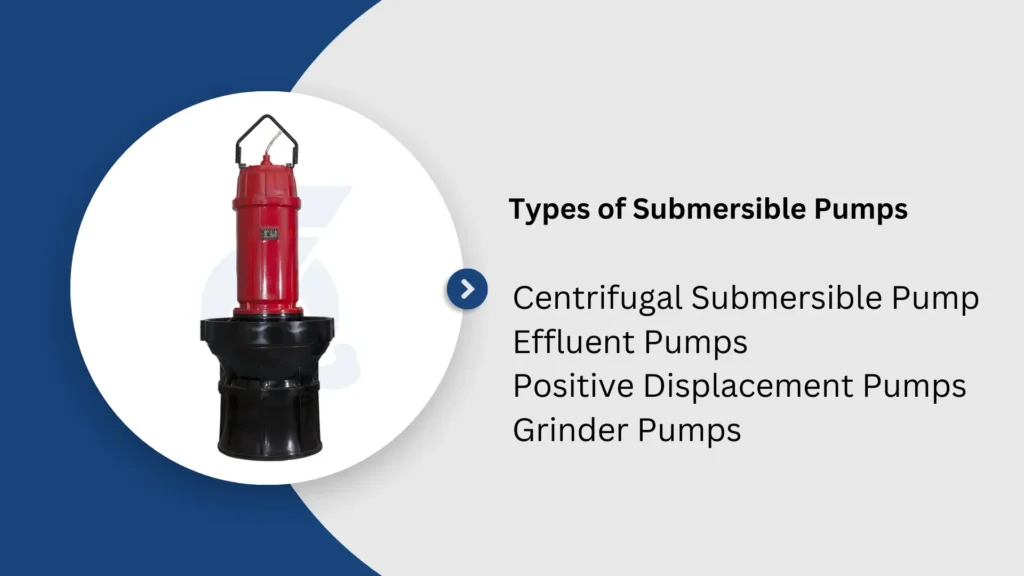
Centrifugal Submersible Pump
Centrifugal submersible pumps play the most crucial role in the entire wastewater treatment process.
They can change the rotational kinetic energy of impellers into kinetic energy of fluids to discharge water.
These pumps are best for constant flow applications. Therefore, they are predominantly used in municipal applications.
Owing to their robust designs, these centrifugal submersible pumps can handle a wide variety of wastewaters, from low solid concentrations.
Positive Displacement Pumps
A positive displacement pump traps a volume of fluid in a chamber and forces it into the discharge pipe.
Consequently, it achieves non-variable flow because of the feature that this pump relies on flow rate to vary the pressure.
It can thus be used where there are thicker or more viscous liquids, where pressure conditions vary and where use for pressure conditions becomes versatile for a waste treatment scenario.
Grinder Pumps
Grinder pumps are specifically designed to handle solid waste, making them ideal for residential applications.
They feature a grinding mechanism that reduces solid particles into smaller sizes before pumping, preventing clogs in the system.
These pumps are often installed in areas where sewage lines are lower than the sewer main, allowing them to pump waste uphill effectively.
Their ability to manage solid waste efficiently makes them essential for modern wastewater management.
Effluent Pumps
The effluent pump is used to transfer sewage effluent from a treatment facility into a leach field or some other disposal method.
Effluent pumps are designed for relatively clean waters and are often used in septic systems.
They operate well under lower heads, so they can be used to transfer effluent to areas with little or no elevation difference.
Thus, the reliable performance of effluent pumps makes the septic system effective and safe for wastewater disposal.
Key Features of Submersible Pumps
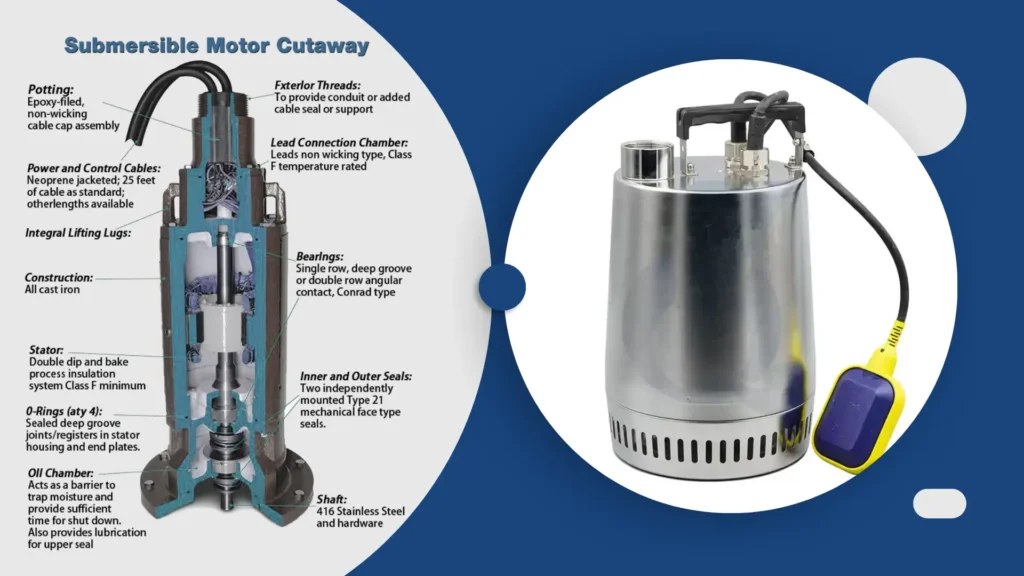
Durability and Reliability
Most submersible pumps are fabricated from strong materials resistant to quarrying in bad conditions.
Corrosion-resistant metals and plastics are used in the process to withstand heavy wastewater treatment plant effects.
Durability, longer service life, and less frequent replacement are essential for ensuring operational efficiency.
Energy Efficiency
Modern submersible pumps are indeed designed to be energy-efficient and as such, would incur lower costs of operation.
Many new models contain variable speed drives that will enable the pump to work according to that demand.
Such hybridization saves capacity and wear while prolonging the lifespan of the pump.
High energy pump-efficient technology works for saving water credit over the years.
Applications Versatility
An interesting feature of submersible pumps is their versatility.
They can be used in applications which range from residential basements to large municipal systems.
This is because they are able to handle different types of wastewater and can be used in a variety of applications.
Such properties make them an invaluable asset in wastewater treatment when considering that they can be found in places where facility managers may apply the same pump technology across multiple applications.
Maintenance
Submersible pumps are usually more practical to maintain than most pumps above ground.
Most models come with components that are more accessible for routine inspections and the regular, easy performance of simple repairs.
Regular maintenance practices, for example checking seals and cleaning filters, will be carried out faster to reduce downtime and improve the overall reliability of the system.
This ease of maintenance is an advantage for facilities that tend to have low staffing levels or resource limitations.
Advantages of Using Submersible Pumps
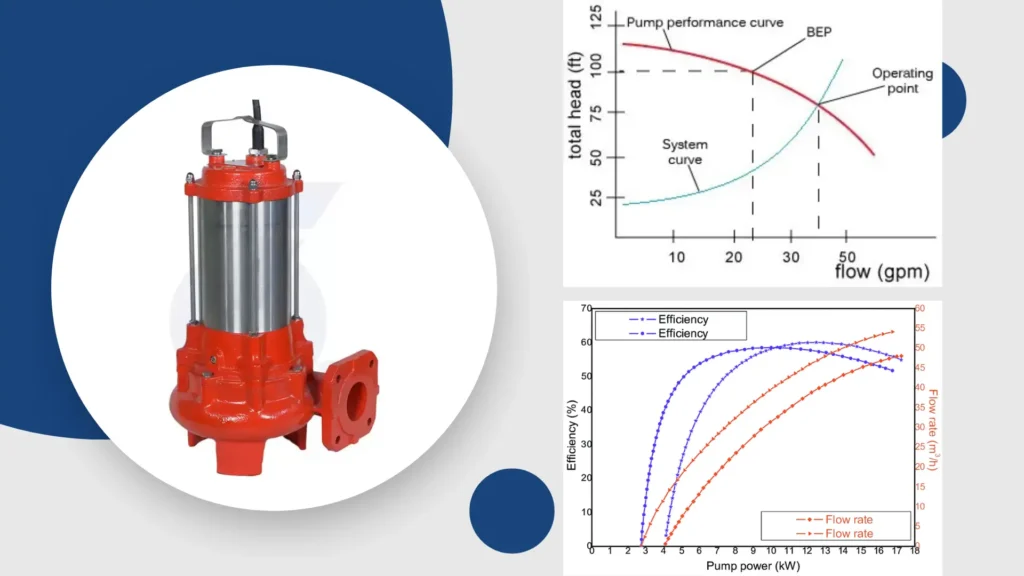
Space-Saving Design
As submersible pumps work underwater, compared to the traditional pumps, there is less infrastructure above ground that would have supported the pump.
Such a design saves space, especially in urban settings that have limited space availability.
This means that facilities can maximize land by reducing the area that pumping systems occupy, thus enabling a more efficient resource use and expansion when necessary.
Low Noise Levels
Submersible pumps are very silent. Moreover, because they are submerged in water, the sounds of the pump activity are muffled.
Hence, they can very well be used even in residential areas or where noise pollution is a great concern, contributing to an ambient environment for workers and even those who live nearby.
Higher Efficiency
Submersible pumps typically outperform all above-ground models because submersible pumps can have flows far higher than what can be generated above the ground in conjunction with great head heights.
This will ensure that a wider choice of applications is brought well within the limits of submersible pumps.
Their ability to maintain effective and consistent performance even in the most hostile conditions actually makes them reliable, thereby ensuring good operation of waste management systems.
Reduced Installation Cost
Submersible pumps are usually less costly in terms of installation than conventional pumping systems.
Because of their simple design, submersible pumps do not require additional pipe and supports.
Thus, the installation costs are even less. These savings open the further possibility of submersible pump usage in retrofitting.
Applications in Wastewater Treatment
Residential Wastewater Management Systems
Submersible pumps are used for sewage discharge and greywater discharge in residential places.
The properties are well connected to these pumps for efficient pumping of sewage and grey, dangerous for backflow prevention, and safe disposal.
Compactness allows the installation in tight spaces such as basements or lift stations; therefore, it is an excellent option for homeowners.
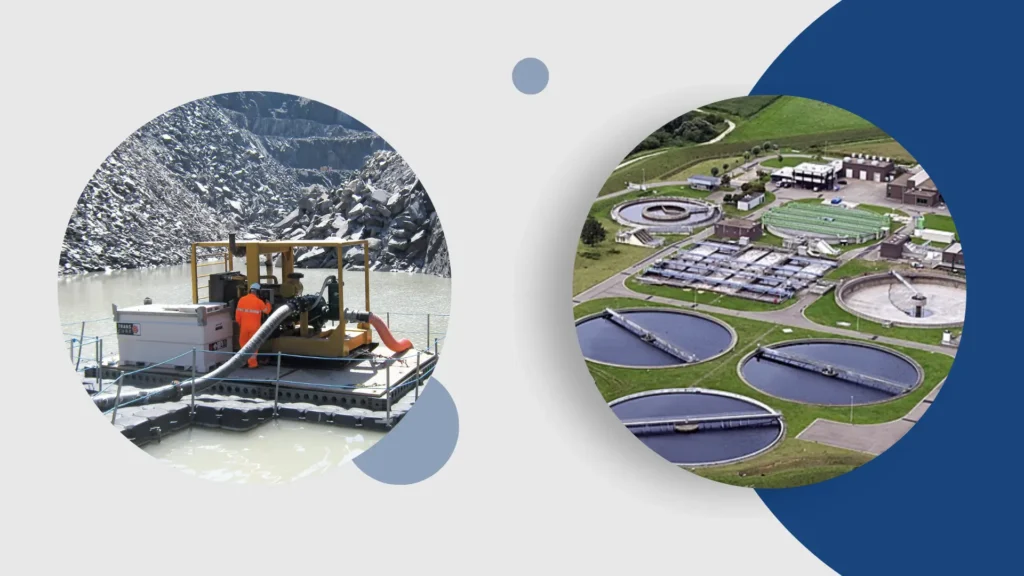
Industrial Wastewater Management
Submersible pumps score applications in industries significantly concerning handling inevitable large volumes of wastewater.
In addition, these pumps work perfectly in landfills of liquids that may contain solids and chemicals in line with regulations.
Powerfully constructed, they perform all that counts in tough industrial environments, important elements for being operationally efficient.
Also Read:
- Application of Submersible Pumps in Wastewater Treatment
- Environmental Impacts of Submersible Pumps in Municipal Water Management
Municipal Treatment Facilities
This proves to be true concerning almost all municipal wastewater treatment plants, where submersible pumps transfer sewage from collection points to treatment systems.
Through this component of а facility, the treatment of wastewater becomes quality efficient and effective.
This in itself, together with the other installation, guarantees the irreparable utility failure by expensive environmental violations.
Stormwater Management
These submersible pumps are well known for their importance in stormwater management.
These pumps take a part of what they have in overhead drainage systems and rapidly move away any excess water.
These will flood urban areas during torrential downpours within a short time.
They also handle various flow rates very high, such that stormwater runoff may not otherwise pose challenges to them.
Choosing the Right Submersible Pump
Assess Your Needs
Before making the purchase of a submersible pump, you should first evaluate your needs critically.
In particular, you should take into consideration the required flow rate, head height, and the type of wastewater you will pump.
Such essential parameters will mainly help to give you a better pump that meets your needs and serves its purpose efficiently.
Key Factors to Consider
When picking a pump, it is vital to consider critical specifications like the durability of the materials, energy ratings, and performance capabilities.
These specifications directly influence the pump’s reliability and costs over its lifetime.
Therefore, prioritizing the above during the selection process will result in better outcomes in the long term.
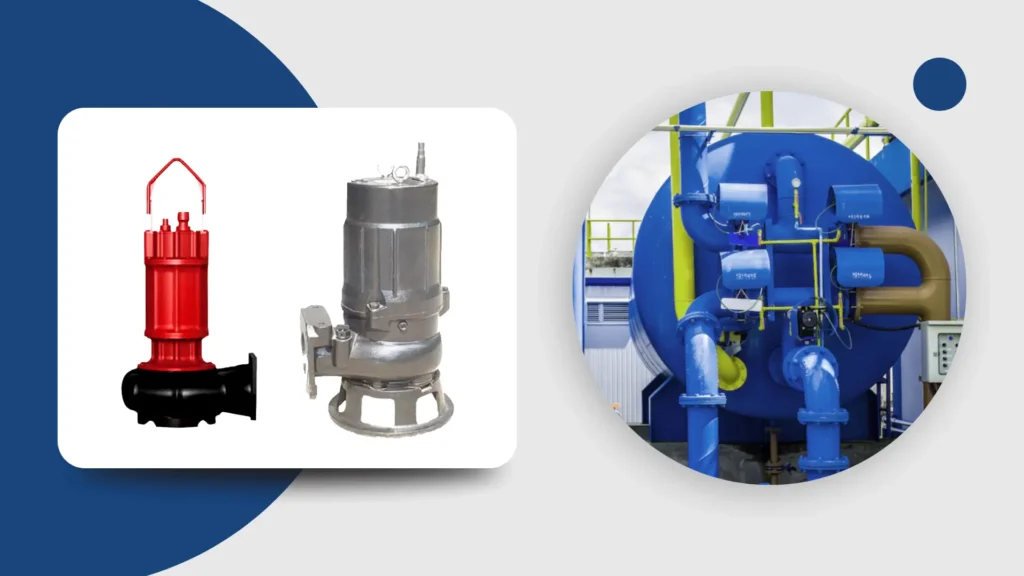
Talking to Experts
Consulting the professionals or suppliers can give you much insight on what is available regarding the very best options designed around your needs.
Their information would help you know the different options and make a very informed decision tailored to your particular wastewater management agenda.
A Quality Brand
Invest in trusted brands when it comes to the reliability and performance of your submersible pump.
By and large, quality pumps come with better warranties and customer support so you would not need so much to worry and would save the embarrassment caused by unexpected failures.
Well-known brands tend to bring a more successful pumping solution.
And More:
Tips for Choosing the Best Submersible Pump for Your Waterworks Needs
Conclusion
Submersible pumps have many benefits in wastewater treatment such as efficiency, strength, and versatility.
Indeed, they can perform in different environments, making them perfectly suited to wastewater treatment in homes, industry, and public utility.
With innovation in technology, it will not be long before submersible pumps receive cutting-edge technologies that enhance energy efficiency even as smart monitoring capabilities are integrated.
Sometimes, investing in good submersible pumps to keep an even higher purchase efficiency pays off regarding reliable output in wastewater management.
Good brand selection coupled with proper installation by professionals will increase the performance and the lifespan of pumping systems leading to good overall efficiency in wastewater treatment.

